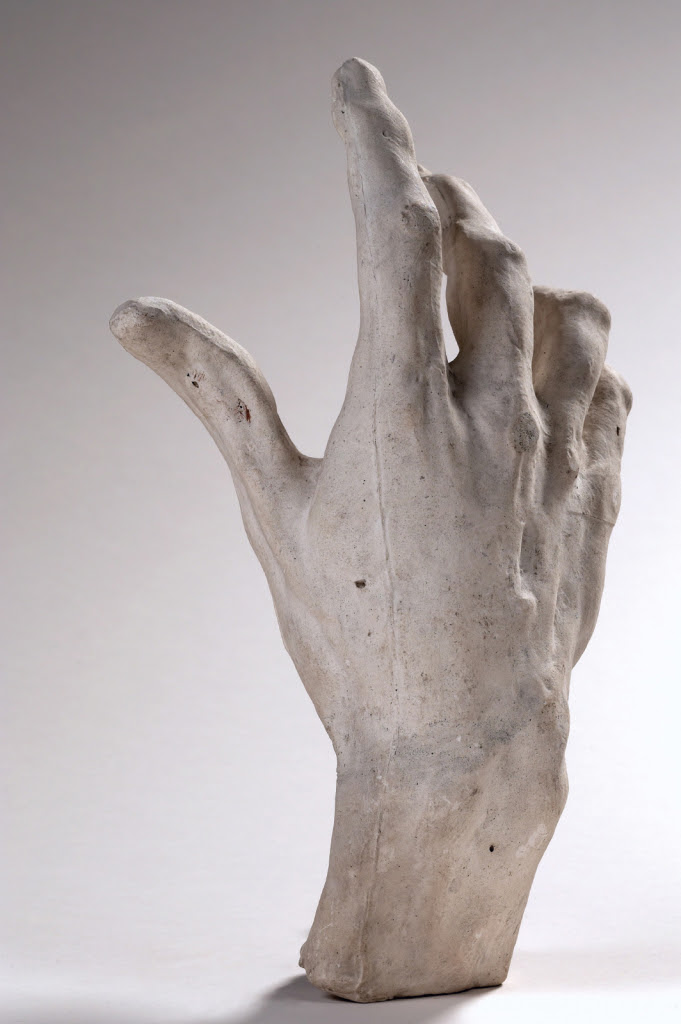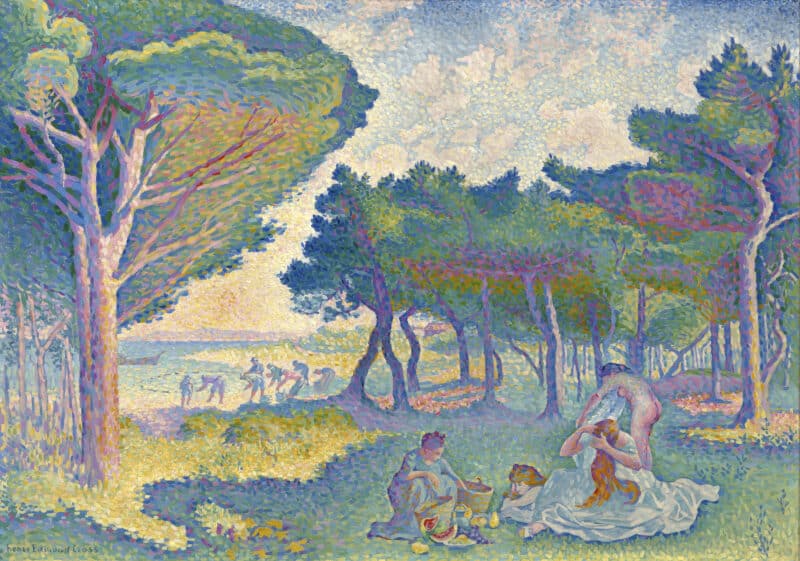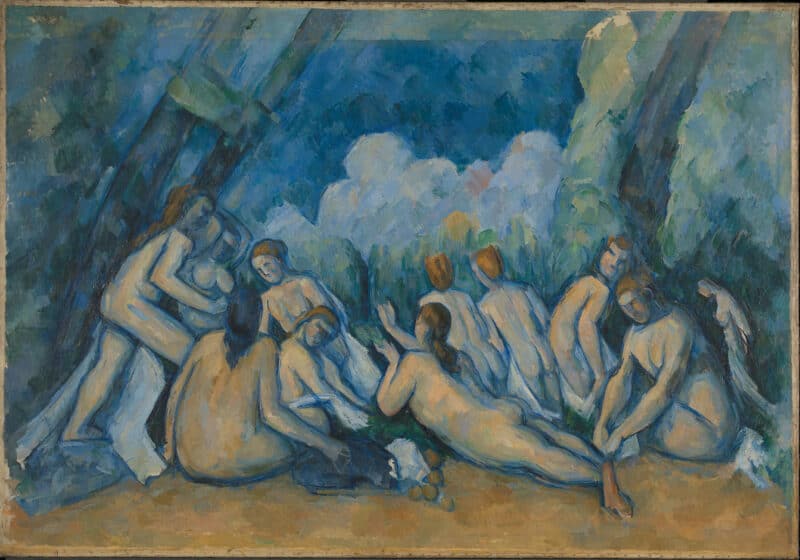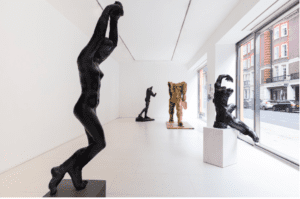
This spring Tate Modern will present a major new exhibition of Auguste Rodin (1840-1917). It will show how he broke the rules of classical sculpture to create a dramatically different image of the human body, mirroring the ruptures, complexities and uncertainties of the modern age. Featuring over 200 works, many of which have never been shown outside France, The EY Exhibition: The Making of Rodin will offer unique insight into Rodin’s ways of thinking and making. Thanks to a unique collaboration with the Musée Rodin, who have offered Tate unprecedented access to their collection, visitors will be able to both appreciate the originality of iconic works such as The Thinker 1881 and The Three Shades 1886 as well as make fresh discoveries that reveal how the artist transformed modern sculpture.
Although Rodin is best known for his bronze and marble sculptures, he personally only worked as a modeller, capturing movement, emotion, light and volume in pliable materials such as clay which were then cast in plaster. The EY Exhibition: The Making of Rodin is the first show to focus in-depth on Rodin’s use of plaster, taking inspiration from the artist’s landmark self-organised exhibition at the Pavillon de l’Alma in 1900. It was here that Rodin made the unconventional decision to display his life’s work almost entirely in plaster, emphasising the crucial role the medium played in his career. Many of the star exhibits of 1900 such as the monumental casts of Balzac 1898 or La Meditation 1896 will be shown at Tate Modern in a rare reunion.
The exhibition will also evoke the atmosphere of the Pavillon de l’Alma, which in turn had riffed on an imaginary vision of the artist’s studio. Rather than show a workshop populated by models, carvers, casters, photographers and founders who turned Rodin’s creations and vision into traditional commercial sculptures, it foregrounded modelling and the notion of the ‘artist’s hand’ as the central drivers for Rodin’s work. A stockpile of plaster body parts on loan from the Musée Rodin will reveal how he continually experimented with fragmentation, repetition and joining existing parts in unconventional ways. Individually crafted heads, hands, arms, legs and feet allowed him to dismantle and reassemble his works time and again in countless combinations and poses. The exhibition will explore how these experiments went on to influence some of the artist’s best-known sculptures, including the newly restored plaster for The Burghers of Calais 1889 displayed as Rodin had originally intended.
The complex dynamics of Rodin’s work with different models will be considered from the perspective of some of the extraordinary women with whom he worked, including his onetime studio assistant and collaborator Camille Claudel. Rather than conceive an ideal, Rodin strongly responded to the individual character and physicality of his models. This is especially evident in his numerous portraits of the actress Ohta Hisa (1868-1945), who under her stage name Hanako performed westernised adaptations of Kabuki theatre to French audiences enthralled by all things Japanese. Busts depicting Rodin’s friend and correspondent, the German aristocrat Helene Von Nostitz née Hindenburg (1878–1944), also illustrate how he embraced visible traces of his work’s creation, believing the ‘process’ to be as significant as the finished form.
Archival images, many of which Rodin chose to display alongside his plaster works at the Pavillon de l’Alma,
will show how he used photography to explore combinations of forms and analyse his sculptures from multiple viewpoints. These will be joined by a series of the artist’s delicate watercolour drawings in which he further experimented and re-worked bodily forms.
The EY Exhibition: The Making of Rodin at Tate Modern Scheduled for 29th April – 31st October 2021 Presented in the Eyal Ofer Galleries Part of The EY Tate Arts Partnership With additional support from the Rodin Exhibition Supporters Circle and Tate Patrons tate.org.uk
The EY Exhibition: The Making of Rodin is curated by Nabila Abdel Nabi, Curator, International Art, Tate Modern, Chloé Ariot, Curator for Sculpture, Musée Rodin, Paris and Achim Borchardt-Hume, Director of Exhibitions and Programmes, Tate Modern, with Helen O’Malley, Assistant Curator, Tate Modern. The exhibition is organised by Tate Modern and Musée Rodin, Paris. It is accompanied by a fully illustrated catalogue and a programme of online talks and events.







